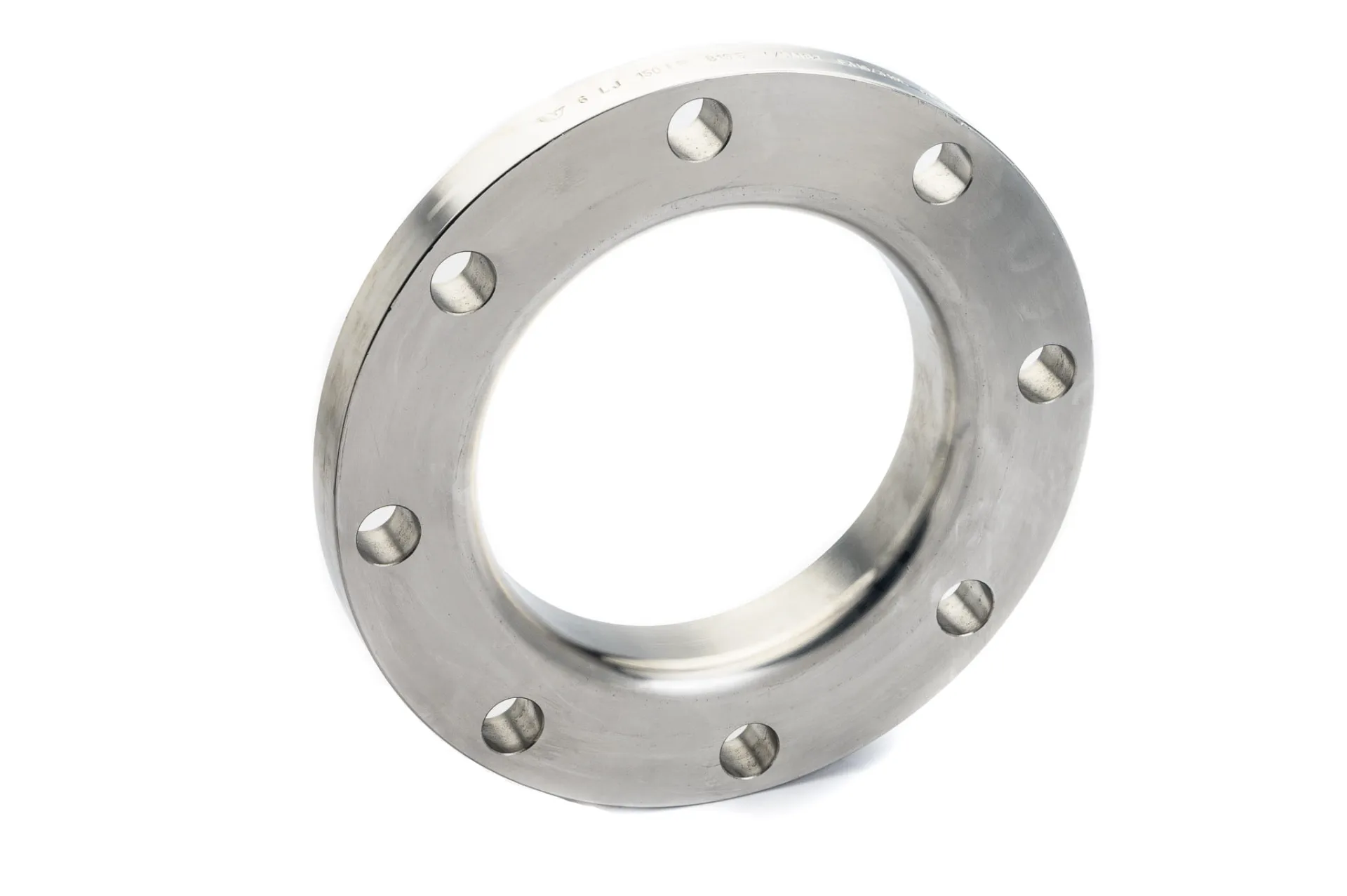-
Cangzhou Yulong Steel Co., Ltd.
-
Phone:
+86 13303177267 -
Email:
admin@ylsteelfittings.com
- English
- Arabic
- Italian
- Spanish
- Portuguese
- German
- kazakh
- Persian
- Greek
- French
- Russian
- Polish
- Thai
- Indonesian
- Vietnamese
- Zulu
- Korean
- Uzbek
- Hindi
- Serbian
- Malay
- Ukrainian
- Gujarati
- Haitian Creole
- hausa
- hawaiian
- Hebrew
- Miao
- Hungarian
- Icelandic
- igbo
- irish
- Japanese
- Javanese
- Kannada
- Khmer
- Rwandese
- Afrikaans
- Albanian
- Amharic
- Armenian
- Azerbaijani
- Basque
- Belarusian
- Bengali
- Bosnian
- Bulgarian
- Catalan
- Cebuano
- China
- China (Taiwan)
- Corsican
- Croatian
- Czech
- Danish
- Esperanto
- Estonian
- Finnish
- Frisian
- Galician
- Georgian
- Kurdish
- Kyrgyz
- Lao
- Latin
- Latvian
- Lithuanian
- Luxembourgish
- Macedonian
- Malgashi
- Malayalam
- Maltese
- Maori
- Marathi
- Mongolian
- Myanmar
- Nepali
- Norwegian
- Norwegian
- Occitan
- Pashto
- Dutch
- Punjabi
- Romanian
- Samoan
- Scottish Gaelic
- Sesotho
- Shona
- Sindhi
- Sinhala
- Slovak
- Slovenian
- Somali
- Sundanese
- Swahili
- Swedish
- Tagalog
- Tajik
- Tamil
- Tatar
- Telugu
- Turkish
- Turkmen
- Urdu
- Uighur
- Welsh
- Bantu
- Yiddish
- Yoruba

Dec . 24, 2024 08:02 Back to list
Understanding the DIN Flange Standard and Its Applications in Modern Engineering
Understanding DIN Flange Standards A Comprehensive Overview
Flanges are crucial components in piping systems, serving as connections between different sections of pipes, valves, or pumps. Among the various standards that govern flange design and manufacturing, the DIN (Deutsches Institut für Normung) flange standard is one of the most widely recognized, particularly in Europe. This article delves into the essentials of the DIN flange standard, its specifications, applications, and benefits.
1. What are DIN Flanges?
DIN flanges refer to a series of flange types defined by various standards outlined by the German Institute for Standardization. These flanges facilitate easy assembly and disassembly of piping systems and are crucial for ensuring leak prevention in a system under pressure. The most commonly referenced standards include DIN 2573, DIN 2576, and DIN 2631 to DIN 2638, each specifying different dimensions, pressure ratings, and material requirements.
2. Types of DIN Flanges
DIN flanges come in various types, including
- Weld Neck Flanges (DIN 2631-2638) Suitable for high-pressure applications, these flanges are designed to be welded to pipes, forming a strong joint that is capable of handling thermal and mechanical stresses. - Slip-On Flanges (DIN 2573 & DIN 2576) These flanges slip over the pipe, making them easier to align. They are welded in place and are typically used in low-pressure systems.
- Blind Flanges (DIN 2527) Used to seal the end of a piping system, blind flanges prevent the flow of liquids or gases and provide access for maintenance.
- Socket Weld Flanges Featuring a socket into which the pipe is inserted, these flanges are ideal for small diameter pipes in high-pressure applications
.Each of these flange types serves specific purposes and is selected based on the operational requirements of the piping system.
din flange standard

3. Dimensions and Specifications
The DIN flange standards specify a range of dimensions, including outer diameter, thickness, and bolt hole pattern, all tailored to ensure compatibility with various pipelines. Pressure ratings are determined by factors such as material strength and temperature, typically categorized into PN values (Pressure Nominal), which provide a standard measure for pressure handling capabilities. Common ratings include PN 6, PN 10, PN 16, PN 25, and PN 40, indicating the maximum pressure in bar that the flange can sustain.
4. Material Selection
DIN flanges are manufactured from a variety of materials, including carbon steel, stainless steel, cast iron, and alloys, ensuring suitable choices for different environments, whether corrosive, high-temperature, or high-pressure. The selection of material is critical to ensure longevity and safety, as each material exhibits distinct mechanical properties and resistance to environmental factors.
5. Applications of DIN Flanges
DIN flanges are prevalent in multiple industries, including oil and gas, water treatment, chemical manufacturing, and food processing. Their robust design and standardization make them ideal for high-stakes applications where reliability is paramount. The flexibility of DIN flanges allows them to be utilized in both industrial and commercial settings, supporting a wide range of piping systems.
6. Benefits of Using DIN Flanges
The standardization provided by DIN ensures that flanges from different manufacturers can be interchangeably used, promoting efficiency and reducing compatibility issues. This interchangeability is essential for maintenance and repairs, as operators can easily replace or upgrade flanges without extensive modifications to the existing system. Additionally, the rigorous testing and quality assurance associated with DIN standards ensure high reliability and safety in piping operations.
Conclusion
DIN flange standards are integral to modern piping systems, offering a reliable and efficient means of connecting various components while ensuring safety and performance. By understanding the different types, specifications, and applications of DIN flanges, engineers and industry professionals can make informed decisions that enhance the integrity and efficiency of their piping systems. Whether in industrial setups or commercial applications, DIN flanges play a vital role in ensuring seamless operations.
Latest news
-
ANSI 150P SS304 SO FLANGE
NewsFeb.14,2025
-
ASTM A333GR6 STEEL PIPE
NewsJan.20,2025
-
ANSI B16.5 WELDING NECK FLANGE
NewsJan.15,2026
-
ANSI B16.5 SLIP-ON FLANGE
NewsApr.19,2024
-
SABS 1123 FLANGE
NewsJan.15,2025
-
DIN86044 PLATE FLANGE
NewsApr.19,2024
-
DIN2527 BLIND FLANGE
NewsApr.12,2024
-
JIS B2311 Butt-Welding Fittings LR/SR 45°/90° /180°Seamless/Weld
NewsApr.23,2024











